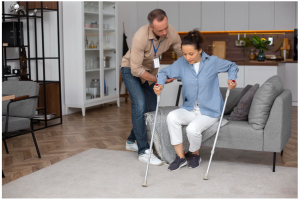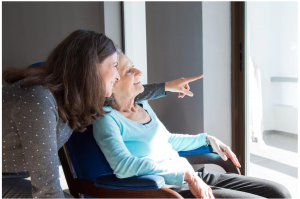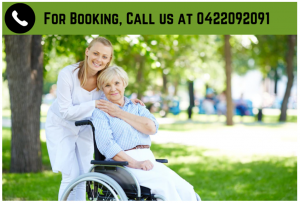The Equality Act of 2010 defines a disability as a physical or mental impairment that has a substantial long-term adverse effect on your ability to carry out normal day-to-day activities. So, there are four main elements to this definition: Firstly, you must suffer from a physical or mental impairment. Secondly, the impairment must have a substantial effect. Thirdly, the impairment must be long-term. Fourthly, the impairment must have an impact on your ability to carry out day-to-day activities.

Disability as a concept has traditionally been understood as an individual deficit, an individual problem to be solved or cured. This understanding perceives people with disability as objects or passive recipients of welfare and care, and it has led to legal policy and program responses that are focused on care, treatment, and protection of people with disability. It is this deficit model of disability that has left people with disability, segregated, socially isolated, vulnerable to violence and abuse, and with substantial economic and social disadvantage, which is the basis for significant human rights violations across all life domains. The evidence demonstrates that segregated and parallel systems enable exploitation, violence, and abuse. For, far too long we have labored under a delusion that disability is merely the result of a medical impairment held by the individual when in fact, disability is the collective result of society’s failure to adapt to and include people regardless of their impairment. There is still much individual and systemic disability discrimination of people with disabilities in our society today. For example, young people with disabilities in nursing homes and the extremely high unemployment rate of people with disabilities and the frequent removal of children from parents who have disabilities. It’s something we all need to take collective ownership of and work together to change. It can’t just be left to persons with a disability, to constantly fight and struggle to try to change these situations. It should be a collective effort.
Everybody wants to have the same opportunity as a person next to them, and you know, it should not be based on how you were born or if you are in an accident.

Disability discrimination occurs where you’re treated badly because of a disability. Even if the behavior is unintentional, then this may still be unlawful. Discrimination can include direct and indirect discrimination. Discrimination arising from a disability; failure to make reasonable adjustments, harassment, and victimization.
A human rights response to this evidence requires measures. To dismantle these systems and to undertake structural and systemic reforms, we need to challenge ourselves to recognize the diversity of the human condition and reflect this in our politics, law, and policy. Our societies are based on a very narrow ableist norm. As impairment sits further and further away from this able norm, the greater the barriers to inclusion and participation. There is a point where the impairment is labeled disability. It is this dynamic interaction of impairment with social structures that creates the phenomena of disability. No human has the complete repertoire of abilities suitable for all permutations of the physical and social environment. We are all relatively limited in some way at some time. It is the characterization and treatment of particular permutations of the human condition as disabilities that constitutes somebody as a person with a disability.

It is the perception and labeling of traits that do not sit comfortably within dominant social relationships, regardless of whether those traits would be irrelevant with different social arrangements that makes them matter. A human rights approach as prescribed by the convention on the rights of people with disability is premised on the concept of diversity where impairment is conceptualized as an inherent aspect of the human condition. Acknowledging that people are not defined by just one personal characteristic. That we all experience discrimination in a multiplicity of ways, a catalyst for modification of the social norm, to reflect human diversity, it seeks a normative frame that is representative of actual lived experience of the human condition. Certain mechanisms set standards for society where politics, policy, and law are fashioned around a complete and comprehensive vision of the human experience.
It’s only through such a vision that we are to meet the needs of real life subjects and address human rights violations. The fundamental basis of this shift begins with people with disability being recognized as rights bearers, not passive, recipients of care and protection to end the denial and the limitation on rights, based on disability that promotes segregation. This requires legal policy and program responses to focus on inclusion, the elimination of discrimination, and the removal of all barriers , to the full participation in all aspects of our society. To achieve this, we need to ensure our public discourse, our research and our planning is responsive to and reflective of human diversity. It is only through ending the segregation and parallel systems in relation to education, employment, and housing that people with disability can be an integral part on an equal basis. What do you think?



